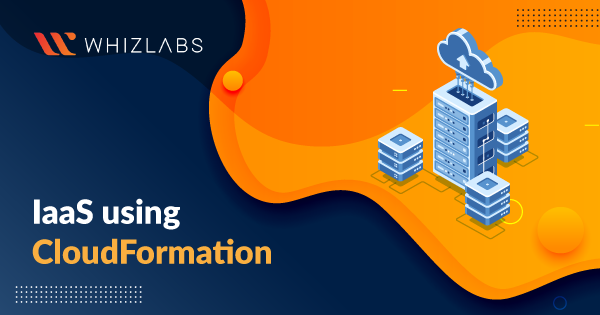What is IaaS?
Iaas stands for Infrastructure as a Service. In cloud computing, it holds for a vendor who provides access to computing tools like servers, storage and networking. It eliminates the whole need for hardware. Instead of adding another weight to your gadgets, companies prefer to comfortably create a virtual IaaS. It is also cheap and saves cost. The data does not lag, clash or cannot get wiped out.
IaaS has become a major and important look out for the companies because running any application with ease or running multiple applications on firewalls have become a necessity.
What is CloudFormation?
CloudFormation is a well-known service which stands for ease when it comes to business. What it does is that it gives a platform where you can collect all your applications from different sources and see it function. You can analyze them, manage them and indulge in their working through a ‘single’ platform. It’s a platform where you can compute or deploy your database and manage it well.
What is AWS CloudFormation?
AWS CloudFormation is a simpler tool to manage your AWS resources. Instead of managing multiple applications and tools in a hectic manner, AWS CloudFormation helps you with simpler solution with management. It will help you update and manage your applications on time and in the proper manner. It will create and model your applications without you even having to look through.
It gives you a complete power on the infrastructure of the AWS services you have asked for. The term ‘Stack’ is used for a complied pack of AWS resource. The AWS CloudFormation tool helps you update a whole ‘Stack’ of your applications.
It will help you reuse the previous templates in your current models. Enabling of editing of previous templates suitable to your current stack is also done by the software.
These are 5 characteristics your templates will have.
- Format: It will have a particular defined format.
- Description: your template can have a given description.
- Parameters: The customization of templates is done through adjusting parameters. You will have to change or update them in order to update your stack.
- Conditions: these are properties assigned to every stack while creating or updating. Conditions are something you will have to deal with while updating your stack.
- Transform: Transform is a language which will define your template.
Tools like Rollback Trigger will allow you to monitor your stack and update them to the previous version. CloudFormation StackSet gives you the option of deleting an infrastructure not on one platform but several platforms together.
Benefits of AWS CloudFormation
- It supports different resources.
- It is extremely easy to use and classify your applications. There are a variety of sample templates which is useful if you are a first timer and want to check or run any template to see the results.
- Multiple functions can be solved in one click.
- Using parameters and other tools stated above, you can customize a ready to go template according to your stack.
Is CloudFormation infrastructure as code?
Infrastructure as code is also seen as managing your resources as a template in a way that a human as well as a machine can read it. AWS gives you the option of writing down all the functions you want on your account and leave it to AWS to create it into reality. AWS will automatically update, create and delete the codes and resources according the needs you have stated.
CloudFormation as a code is much more preferred because it promotes better visibility. Its resources are more readable and removes the tiresome trouble of navigating every update. Codes are much more stable and is easy to remedy errors. Codes are reusable. A code in one template can be easily referred, navigated and reused.
- Top 20 Questions To Prepare For Certified Kubernetes Administrator Exam - August 16, 2024
- 10 AWS Services to Master for the AWS Developer Associate Exam - August 14, 2024
- Exam Tips for AWS Machine Learning Specialty Certification - August 7, 2024
- Best 15+ AWS Developer Associate hands-on labs in 2024 - July 24, 2024
- Containers vs Virtual Machines: Differences You Should Know - June 24, 2024
- Databricks Launched World’s Most Capable Large Language Model (LLM) - April 26, 2024
- What are the storage options available in Microsoft Azure? - March 14, 2024
- User’s Guide to Getting Started with Google Kubernetes Engine - March 1, 2024


